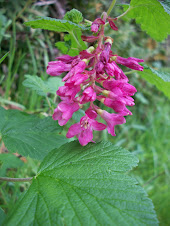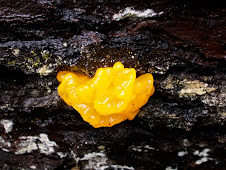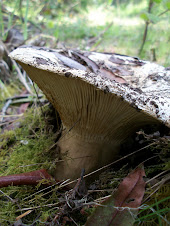We were learning about songs and calls. Did you know that birds don't produce sounds using the same organs as we do? In humans we produce sounds via our vocal chords. Birds don't have vocal chords. Instead, they have a syrinx, which is where two bronchi (tubes) come together. They make their calls and song by expanding and contracting the membranes of the syrinx and vibrating them. Because they have paired bronchial openings, birds can often sing in more than one frequency at the same time!
A good example is the winter wren. When you hear these little birds they sound so much larger than they appear. Their song is very rapid-fire or bubbly-sounding and highly complex. Below is a link from a great website that shows sonograms of different birds alongside their songs and even slows the songs down so the human ear can more fully appreciate their complexity. It blows my mind!
If you want to hear a crazy bird sound, you need only search out the Greater Sage Grouse or a Ruffed Grouse. The male of these species produces his "song" by rapidly moving his wings and creating a vacuum which creates sound from the air rushing in and out of his air sacs. This is called a non-vocal sound. Below is a link to the sonogram and song. If you click the arrow on the Ruffed Grouse title it will take you to a video of the mating display that goes along with this sound. I also added a youtube of a Greater Sage Grouse in action, as this cannot be missed!
If I find any more cool birds, I will post them here! Stay tuned!
Cited:
The Music of Nature: Celebrating Nature at Hand. http://www.musicofnature.org/home/
YouTubeVideo. http://www.youtube.com/watch?v=p9zKd3dfz8I&feature=related









